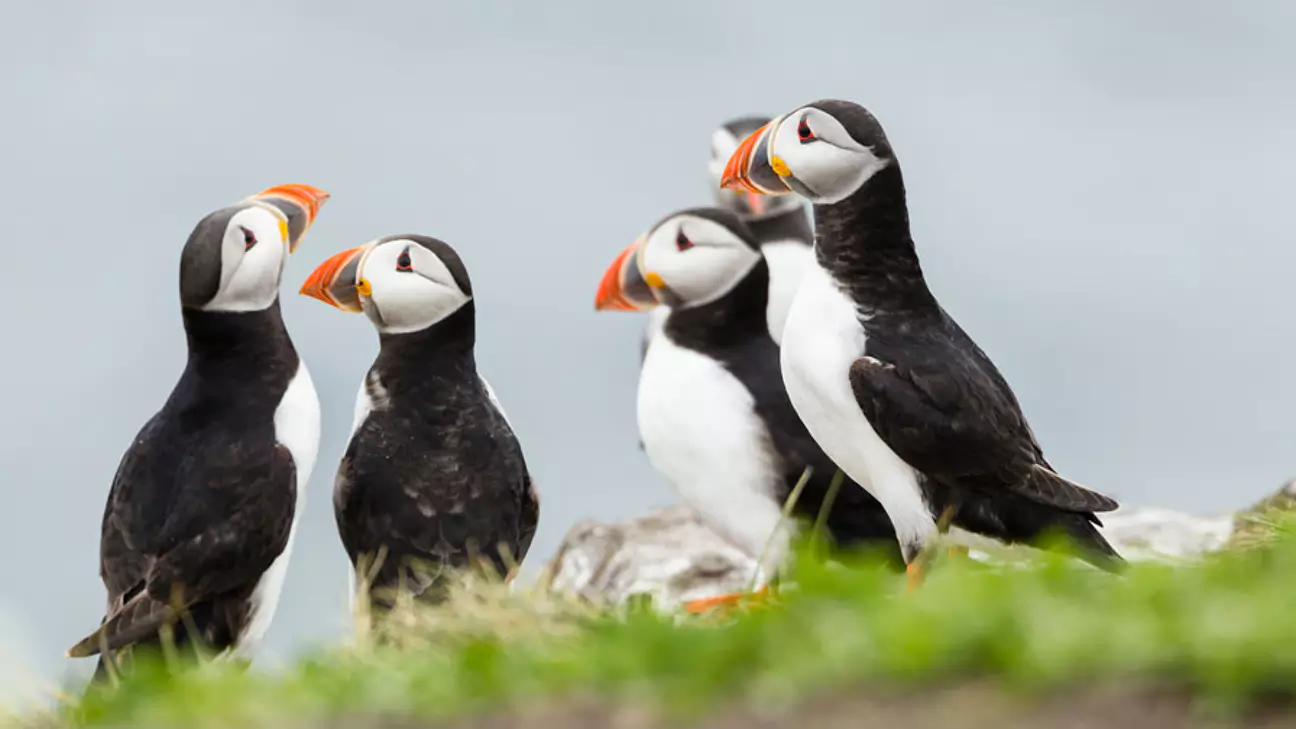New oil and gas licences putting marine protected habitats at risk, UK PM warned
_1691180430.jpg)
Four in ten of the oil and gas licences set to be issued through the UK’s most recent round could involve drilling in marine protected areas, environmental NGOs claim.
This statistic raises questions about the potential impact on ocean ecosystems of the licencing round, which was set into motion by Liz Truss and opened last autumn.
These same concerns are also being put to Prime Minister Rishi Sunak, who this week announced that the UK will host a similarly extensive licencing round from this autumn.
According to Uplift and Oceana, 96 of the 115 applications made under the UK’s 33rd oil and gas licencing round are in marine protected areas. The Government and North Sea Transition Authority will announce which applications were successful later this year.

The marine protected areas are home to species including seals, dolphins, and seabirds. Pictured: Puffins
Areas that oil and gas firms want to develop include swathes of seabed in the North Norfolk Coast Special Protected Area and the nearby Wash and North Norfolk Coast Special Area of Conservation. These locations are protected for species including seals and seabirds.
Energy majors also want to explore and extract within the Foula Special Protected Area near Shetland, home to species including puffins.
Development would put these areas at risk from potential leakages and spillages, the NGOs are pointing out. The problem lies not only in the risk of a large-scale disaster, but in continuous lower-level pollution.
The NGOs are also highlighting how exploration processes, which commonly use seismic airguns, cause noise pollution that disrupts wildlife.
Oceana and Uplift are asking for more information on how the UK can achieve its 2030 target to protect at least 30% of habitats – on land and in water – if it continues to expand oil and gas. The target is part of the UN Global Biodiversity Treaty supported by almost 200 nations.
Oceana’s executive director and vice president Hugo Tagholm said: “Marine protected areas are vital havens for our extraordinary sea life – calling an area ‘protected’ and then licencing these highly destructive developments is disingenuous ‘bluewash’.”
Current restrictions
There are more than 175 MPAs in English waters and dozens more off the coast of other parts of the UK. In England, 51% of inshore waters and 37% of offshore waters benefit from this protected status.
There is no outright ban on energy development in these areas, whether renewable or fossil-fuelled, but extra detail on environmental impact must be provided by developers.
The UK’s North Sea Transition Authority, which co-manages licencing rounds, requires all developers to complete a screening exercise on habitat conservation. Where this exercise reveals that a project is likely to have a “significant” impact, further assessments are carried out by the Authority. It may elect to involve the Health and Safety requirements.
edie has requested comments from the Department for Energy Security and Net-Zero (DESNZ) and the Department for the Environment, Food and Rural Affairs (Defra) about aligning offshore energy development with the UK’s biodiversity targets.